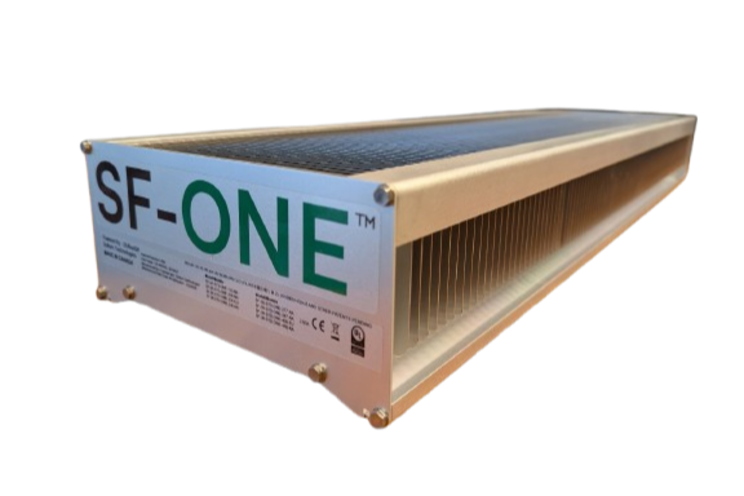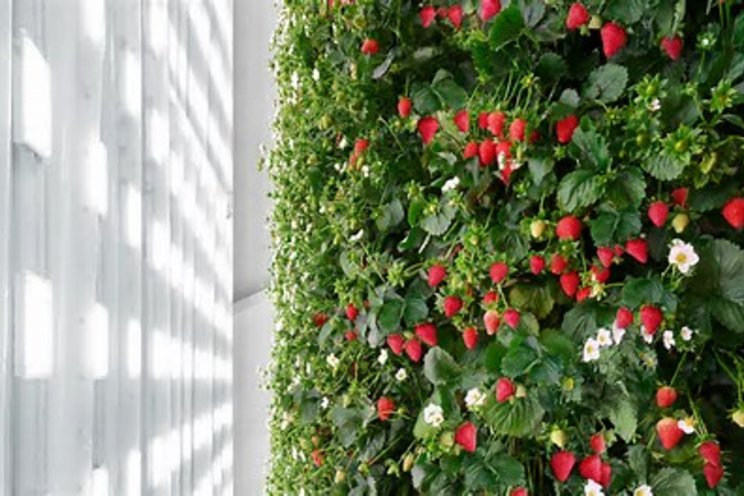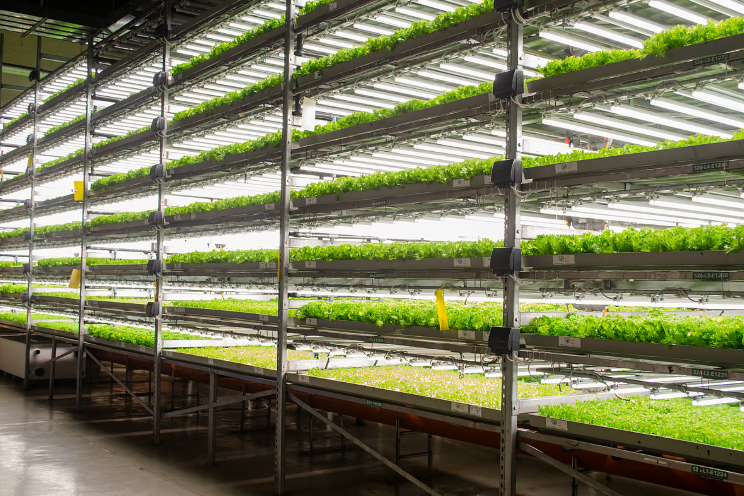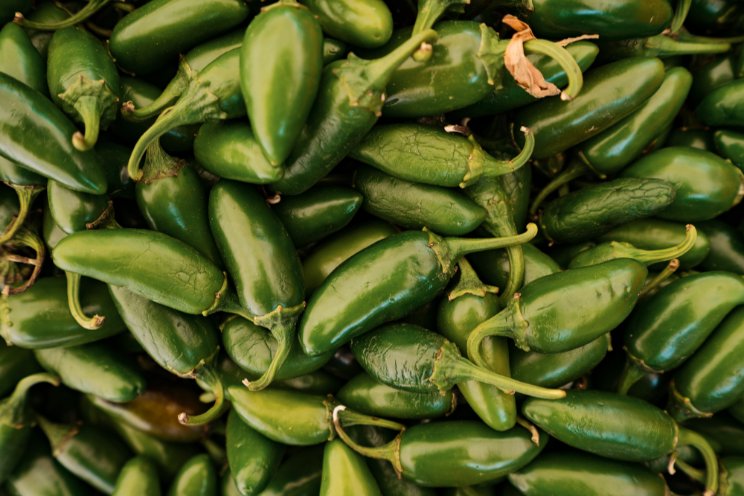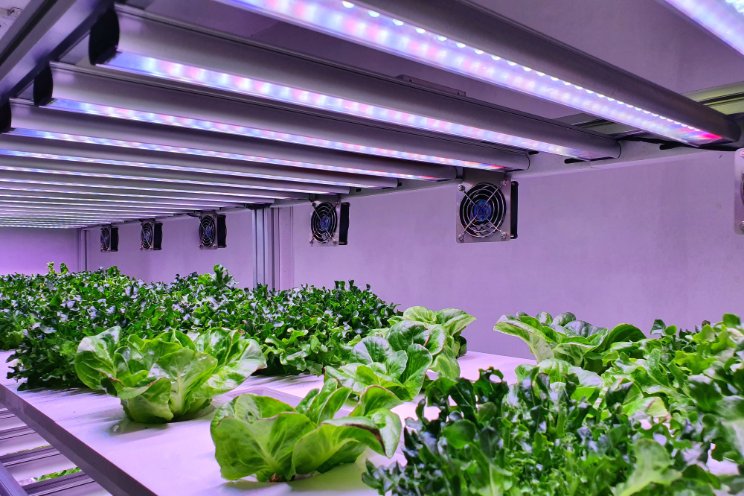Automated greenhouses: The future of cannabis cultivation?
Added on 16 February 2024
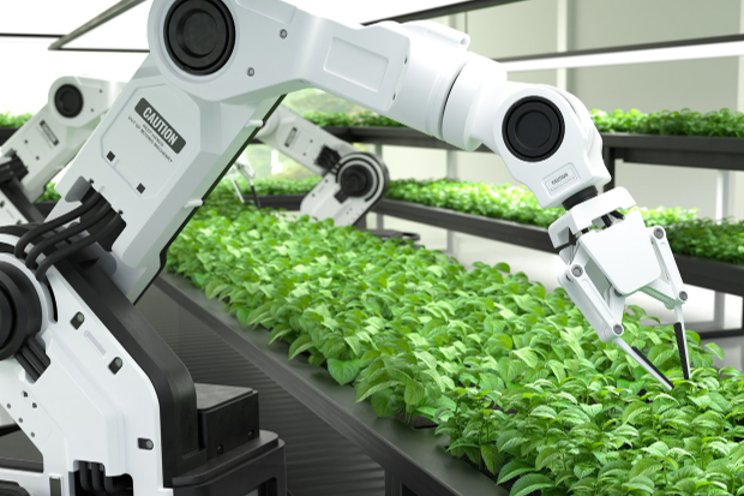
In recent years, intelligent greenhouses have greatly influenced the evolution of agricultural sectors in countries such as Spain, France and, not least, the Netherlands. With the help of automated greenhouse technology, the small Northern European nation has managed to become one of the worlds’ largest food and produce exporters while having approximately the same landmass as the Turkish province of Konya. In Spain, the export of Spanish fruit and vegetable produce is facilitated through almost 37,000 hectares of high-tech greenhouses to be found across Eastern Andalusia, commonly referred to as “the sea of plastic” and mainly concentrated around the cities of Almeria, Granada and Malaga. Last but not least, France has successfully reduced the import of exotic agricultural products such as vanilla and bananas by implementing and heavily investing in automated greenhouses all over the country.
Although we have gone through the uses and benefits of automated greenhouse technology on a national level, two questions remain at large: what are the costs associated with smart greenhouse technology and, even more importantly, is the investment actually worth it in the context of cannabis cultivation?
When considering the acquisition of a high-tech facility such as an automated greenhouse, the involved parties must first bring initial costs into consideration. Construction along with infrastructure, technology and equipment expenses are an integral part of the process, being complemented by operational and maintenance costs such as energy consumption and repairs.
Shall you already be the proud owner of a traditional greenhouse, the only expenses left are the automation costs for the equipment and the smart technology. The costs associated with the automation process are highly dependent on the degree of automation desired by the client. “Infrastructure expenses encompass the greenhouses’ structure, spanning from basic constructions of a few thousand dollars to commercial-grade structures that may cost hundreds of thousands or even millions of dollars”, reports Dr. Howard Resh, one of the leading figures in the field of greenhouse technology and hydroponics.
To understand what impact a healthy investment in smart greenhouse technology would have on your cannabis yield, it is vital to be aware of the several advantages of a well-equipped automated greenhouse. A suitably automated facility would be equipped with multiple environmental sensors and an environmental control system which allows real-time adjustments in regard to lighting, heat, ventilation, air conditioning and irrigation.
In the long term, a healthy investment in this general package of smart features will lead to consistent improvements in terms of crop productivity and reduce labor costs significantly, not to mention the improved use of resources and a generally lower carbon footprint achieved through precision agriculture. Zooming in on cannabis cultivation, the customized growing environment provided by automation allows cultivators to achieve higher quality cannabis plants along with more consistent CBD and THC levels. In addition to that, implementing automation technology also increases the potency of terpene profiles, which render cannabis buds more efficient for medicinal use.
All in all, a fully automated environment for cannabis cultivation may not be an absolute necessity at the current moment. However, considering new climate legislation projects such as the European Climate Law which intends to set a “legally binding target of net zero greenhouse gas emissions” by 2050 and an increasingly competitive industry, smart greenhouse technology may not only represent the means to stay on top, but also the means to stay afloat in an already crowded market.
Image by user6702303 on Freepik
More news
